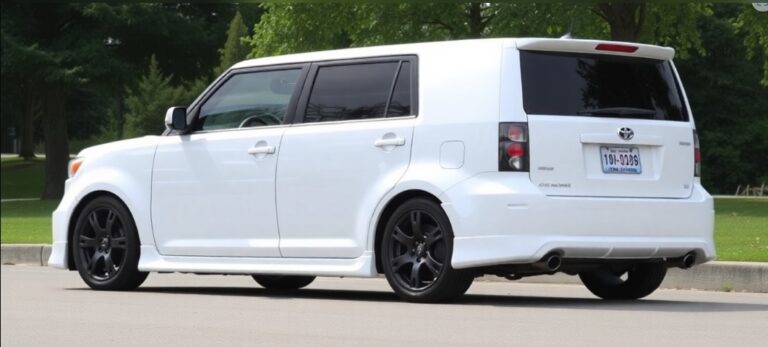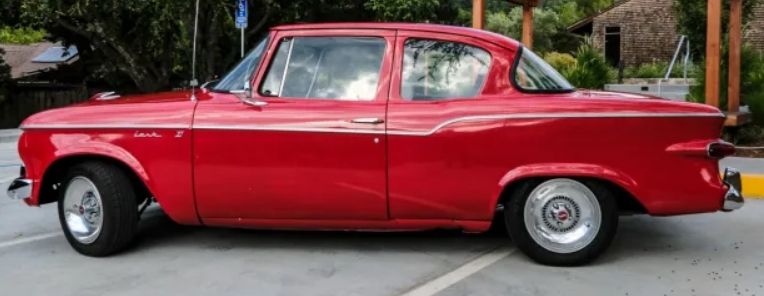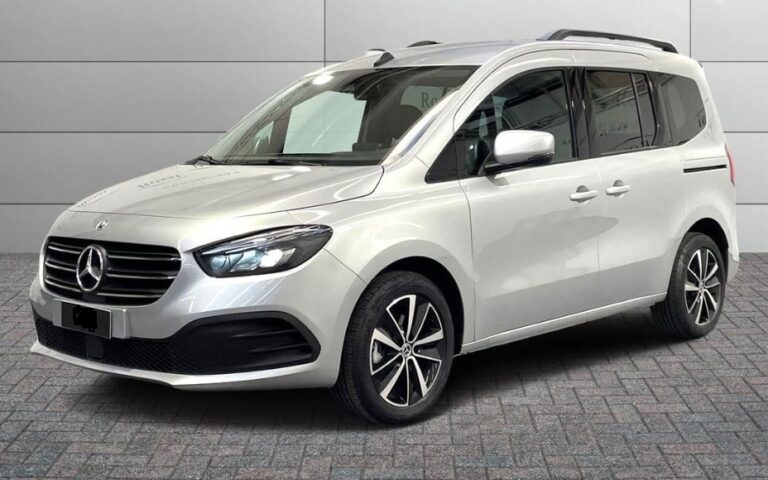The Evolution of the Audi A2
The Audi A2 stands out as a distinctive chapter in automotive history, primarily recognized for its innovative design, lightweight construction, and pioneering approach to urban mobility. Launched in the early 2000s, the A2 was a testament to Audi’s commitment to technological advancement and environmental consciousness. This article chronicles the development of the Audi A2, detailing its production span, model variations, and trim levels over the years.
Development and Launch (1999-2000)
Concept and Design Philosophy
The Audi A2 was conceived in the late 1990s as a revolutionary compact car emphasizing efficiency, space utilization, and environmental friendliness. Its design was influenced by the Audi Space Frame (ASF) technology, which utilized aluminum to reduce weight significantly, thereby improving fuel economy and handling.
Introduction to the Market
The A2 was officially unveiled at the 1999 Frankfurt Motor Show, with production commencing shortly thereafter in 2000. It was built at Audi’s plant in Győr, Hungary, and was marketed as a premium supermini with innovative features.
Production Years and General Overview (2000–2005)
The Audi A2 was produced from 2000 to 2005, a relatively short lifespan compared to other models, owing partly to market challenges and the niche positioning of the vehicle.
Design and Engineering Highlights
- Body Style: 3-door hatchback
- Platform: Aluminum-intensive construction based on the ASF platform
- Engine Options: Initially offered with a range of petrol and diesel engines, emphasizing efficiency
- Weight: Approximately 930 kg (2,050 lbs), made possible through aluminum construction
Model Variants and Trim Levels
During its production, the A2 was available in various trims and configurations, often differentiated by engine choice, equipment levels, and sometimes special editions.
Early Models (2000–2002)
Launch Models
- 1.4 TDI (75 PS): Diesel engine emphasizing fuel efficiency
- 1.4 FSI (125 PS): Petrol version with direct injection
- 1.6 FSI (110 PS): Petrol, later introduced for broader appeal
Trim Levels
- Standard: Basic features, manual transmission, fabric seats, basic audio
- SE (Special Equipment): Added features like alloy wheels, upgraded audio, power windows
- Ambition: Higher trim with additional comfort and convenience features
Mid-Cycle Refresh (2003)
In 2003, the A2 received a subtle facelift and updates:
- Exterior Changes: Slight redesign of bumpers, grille, and headlights
- Interior: Improved materials, upgraded dashboard, and optional climate control
- New Engine Options: Introduction of more efficient engines, including a 1.2 TDI for entry-level buyers
Special Editions and Notable Models
Throughout its production, the A2 saw several special editions, often aimed at promoting particular features or celebrating milestones.
- A2 1.2 TDI “FSi” (2003): A more economical diesel model
- A2 1.4 TDI “FSi” Sport: A sportier trim with alloy wheels and sporty interior accents
- A2 1.4 TDI “Ultra” (2004): Focused on maximum fuel economy, with modifications reducing fuel consumption
Discontinuation and Market Context (2005)
Despite its technological achievements, the A2 faced limited commercial success, primarily due to its high price point and niche appeal. Production ended in 2005, with approximately 176,000 units built over the five-year span.
Legacy and Influence
The A2’s innovative use of aluminum and focus on efficiency influenced future vehicle designs, especially in the compact segment. It was ahead of its time in terms of lightweight construction and environmental considerations.
.
RepairSurge Online Repair Manuals Replace Bulky Books With Reliable Digital Information!
Faster And Cheaper Than Traditional Printed Manuals, Users Get Instant Access To The Repair Information They Need For Any Car, Truck, Van or SUV:
.
Summary of Production Timeline
| Year | Model/Version | Notable Features |
|---|---|---|
| 2000 | Initial Launch | 1.4 TDI, 1.4 FSI, 1.6 FSI trims |
| 2001 | Continued Production | Introduction of optional features |
| 2002 | Model Updates | Slight refinements, new engine options |
| 2003 | Facelift & New Engines | Exterior refresh, 1.2 TDI, sport trims |
| 2004 | Ultra Models | Emphasis on fuel economy |
| 2005 | End of Production | Final units assembled |
Conclusion
The Audi A2 remains a noteworthy example of automotive innovation at the turn of the 21st century. Though its production was relatively brief, its influence persists in modern lightweight vehicle design and sustainable automotive engineering. Its various models and trim levels over the years reflected Audi’s efforts to balance luxury, efficiency, and practicality within a compact footprint.







